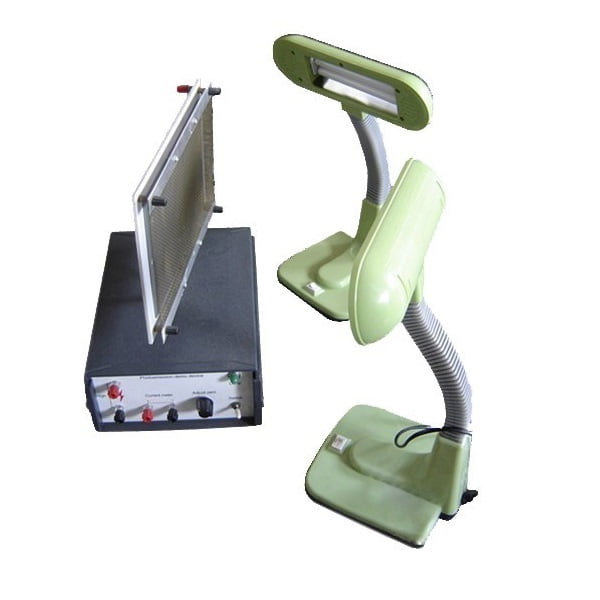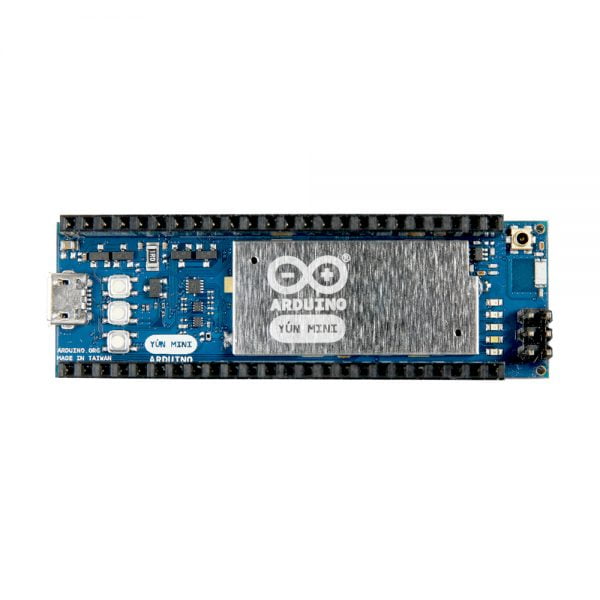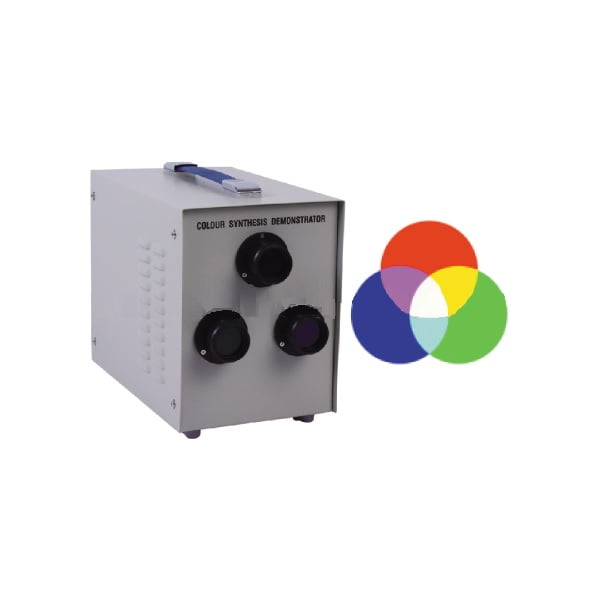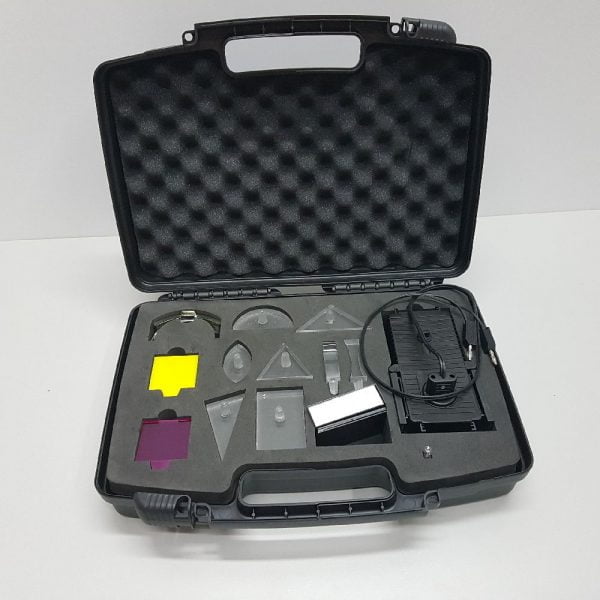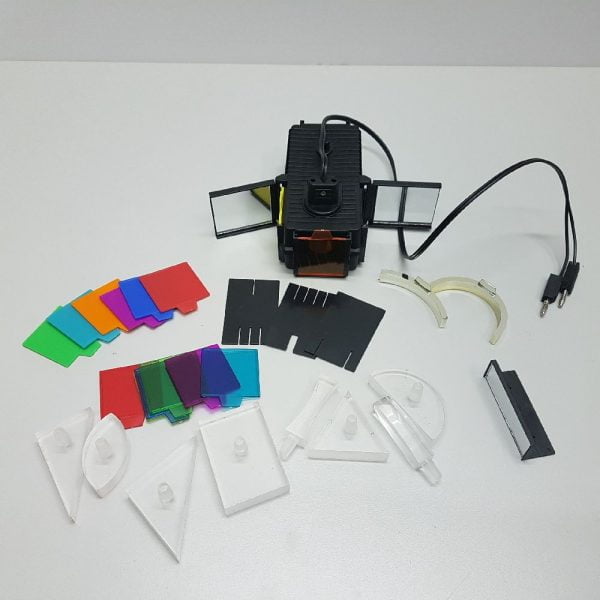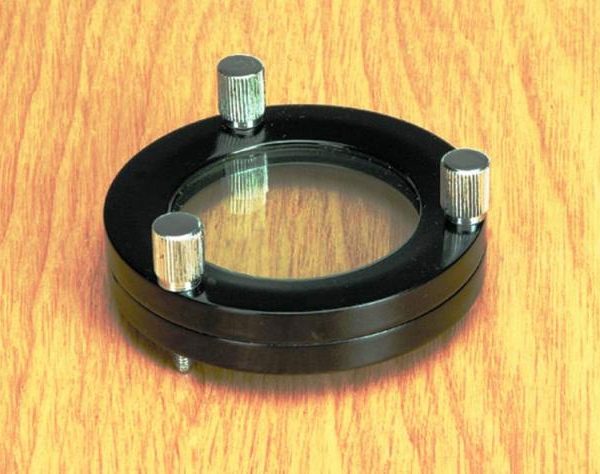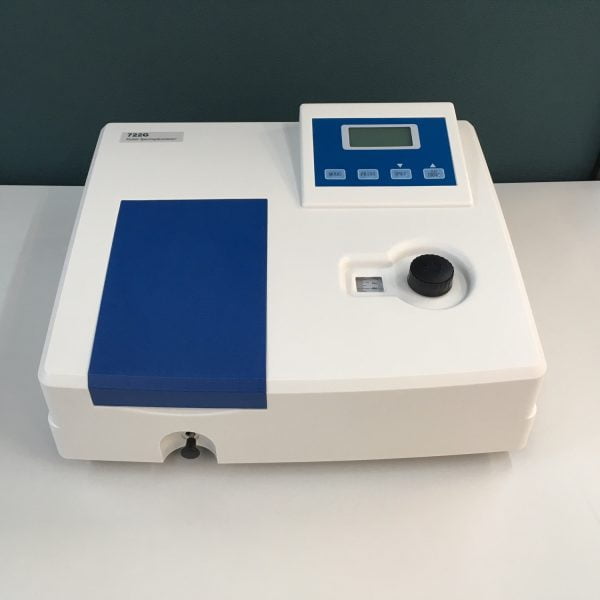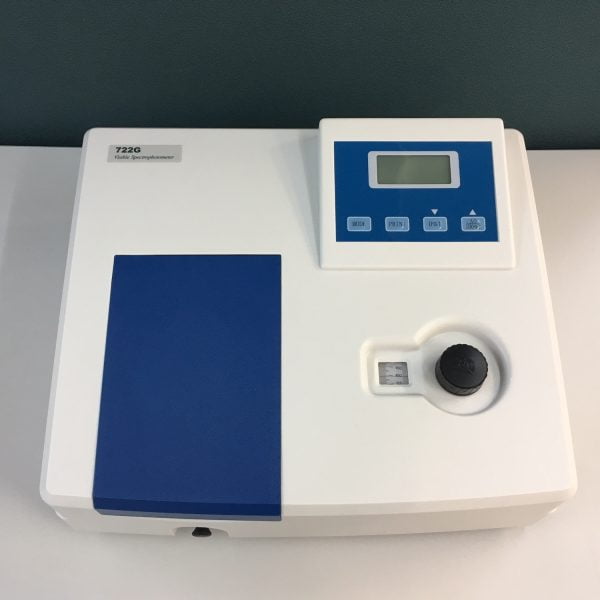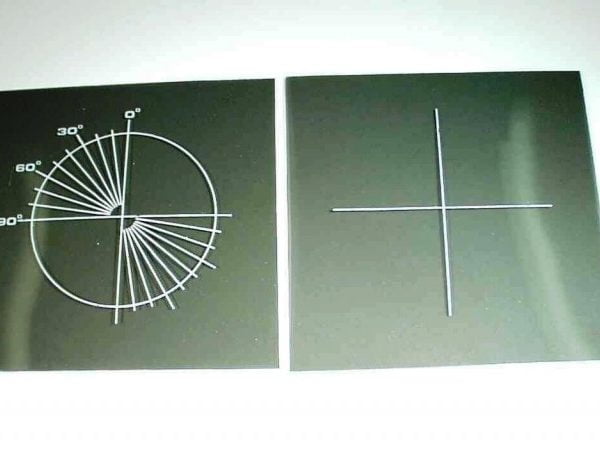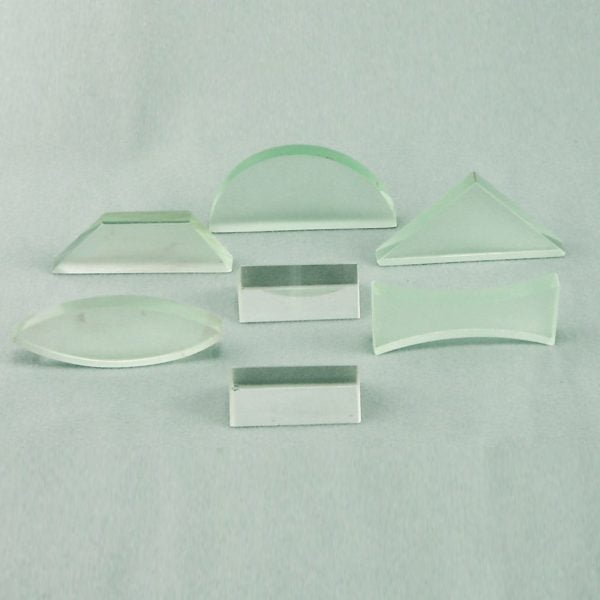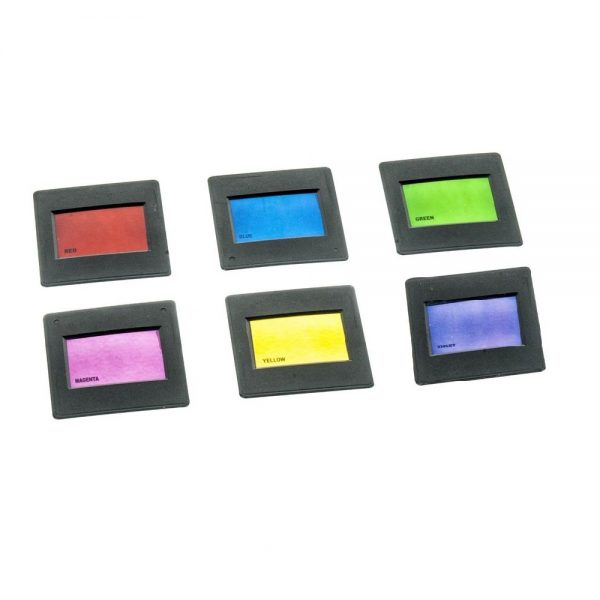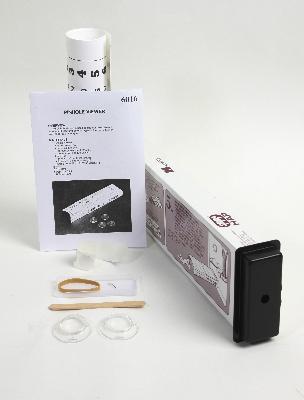Photoelectric Effect Apparatus
Photoelectric Effect Apparatus
This set is mainly used for demonstrating the phenomenon of photo-emission in physics for middle school students. To make it understood better, we adopt Ζn Board and ultraviolet light for demonstration, which result in stronger photo-current , stable performance and easy operation.
The whole set composed of high voltage power supply, micro-current magnifier, Zn board copper net and ultraviolet power source , common daylight lamp , etc
The limit frequency of different metals is different. Only when the frequency of incident light is higher than the limit frequency of some metal, will the metal be made to transgress electron from its surface, which thus results in photo-emission. The spectrum frequency of the light source on this device is 8.219 x 10^14 Hz , which is just higher than Zn board, whose limit frequency is 8.065 x 10^14 Hz. This meets the terms of photo-emission.
When the Zn Board is exposed to the ultraviolet light, the ampere-meter should read higher than 200μA.
DC output current: Higher than 700V
Power Supply: AC 220 ±10% 50Hz, DC 4.5V ± 10%
Flash frequency: 10Hz, 20Hz, 30Hz, 40Hz, 50Hz
Frequency error: Less than 1%
Duration of single pulse: 4ms
Way of use
1) Screw off the four plastic bolts on the four corners of the copper net, take the net board off. Then wipe the surface of the Zn board with a sand paper and wipe it clean with gauze. When it’s all done, put it back as it was.
2) Fit the fix pole onto the corner of the set with the end with screw thread. Plug in the Zn board and the copper net into the other end. Connect the DC high voltage “+” connection pole with the copper net connection pole and DC high voltage “-” connection with the Zn board connection pole.
3) The “+” and “-” connection poles on the front face of the apparatus must be connected with the amperementer with wires.
4) Use 3x 1.5V batteries in series to connect the DC4.5V connection poles on the rear board.
5) Turn on the power. The led will be on. At this time the needle of the amperemeter shall swing. Adjust the knob on the apparatus to make the needle point to zero.
6) Turn on the ultraviolet lamp and move it about 5cm away from Zn board. (Be careful not to touch the copper net). We can read current from the amperemeter, which proves the existance of photoelectric effect. If you put a hardpaper between the lamp and the Zn board, the current disappears at once. The needle in the amperemeter points at zero. Remove the hardpaper and the amperemeter will resume its value.
7) The relationship between the value of the photo-current and the intensity of the light.
Change the distance between the ultraviolet lamp and the Zn board. You will find that the smaller the distance , the stronger the light intensity the Zn board receives , the higher the photocurrent will become.
8) The relationship between the demo photo-current and the frequency of the input light.
When the ampere-meter shows the photo-current, turn off the ultraviolet lamp and replace it with a common day light lamp (and put it in the same distance). The needle of the amperemeter will point at zero, which proves that visible light cannot make the surface of the Zn board transgress electrons, thus no photoelectric effect occurs.


 Botzees
Botzees Keyestudio
Keyestudio Fischertechnik
Fischertechnik